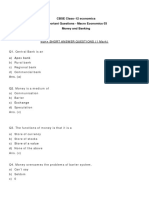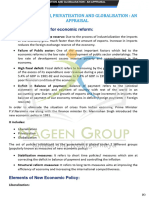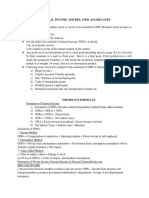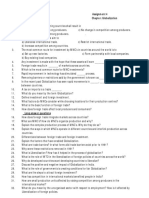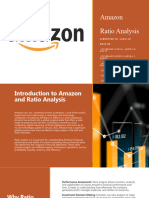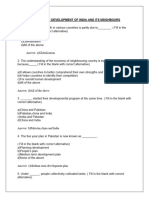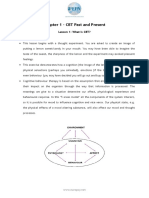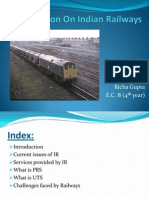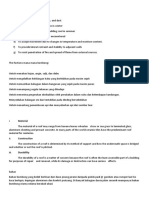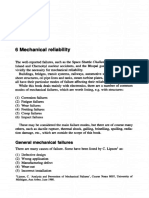0% found this document useful (0 votes)
542 views19 pagesHandwritten Notes - Organising
Chapter 4 discusses the importance of organizing in management, highlighting benefits such as specialization, clarity in relationships, and optimal resource utilization. It outlines the organizing process, including work division, departmentalization, and establishing reporting relationships, and compares functional and divisional structures, detailing their advantages and disadvantages. Additionally, it covers delegation, centralization, and decentralization, emphasizing their roles in effective management and organizational growth.
Uploaded by
lastbirth2022Copyright
© © All Rights Reserved
We take content rights seriously. If you suspect this is your content, claim it here.
Available Formats
Download as PDF, TXT or read online on Scribd
0% found this document useful (0 votes)
542 views19 pagesHandwritten Notes - Organising
Chapter 4 discusses the importance of organizing in management, highlighting benefits such as specialization, clarity in relationships, and optimal resource utilization. It outlines the organizing process, including work division, departmentalization, and establishing reporting relationships, and compares functional and divisional structures, detailing their advantages and disadvantages. Additionally, it covers delegation, centralization, and decentralization, emphasizing their roles in effective management and organizational growth.
Uploaded by
lastbirth2022Copyright
© © All Rights Reserved
We take content rights seriously. If you suspect this is your content, claim it here.
Available Formats
Download as PDF, TXT or read online on Scribd
/ 19










